You may feel the importance of knowing how to get rid of thrips when you are dealing with the pesky pest that has been affecting your plants.
Thrips may be small, but they can create quite a big damage to your garden. In most cases, your plants (whether they are general plants or veggies) and flowers would be ruined.
They don’t look damaged or destroyed. Instead, it seems that they are affected by the fungi or the virus. In reality, though, thrips are the ones responsible for the issue.
If you let the issue goes unsolved, you won’t be able to grow anything else because thrips will definitely ruin the next plants you have.
In the end, forget your dream garden with lush vegetations and colorful flowers. Such a thing won’t happen if the thrips still remain.
What Are Thrips?
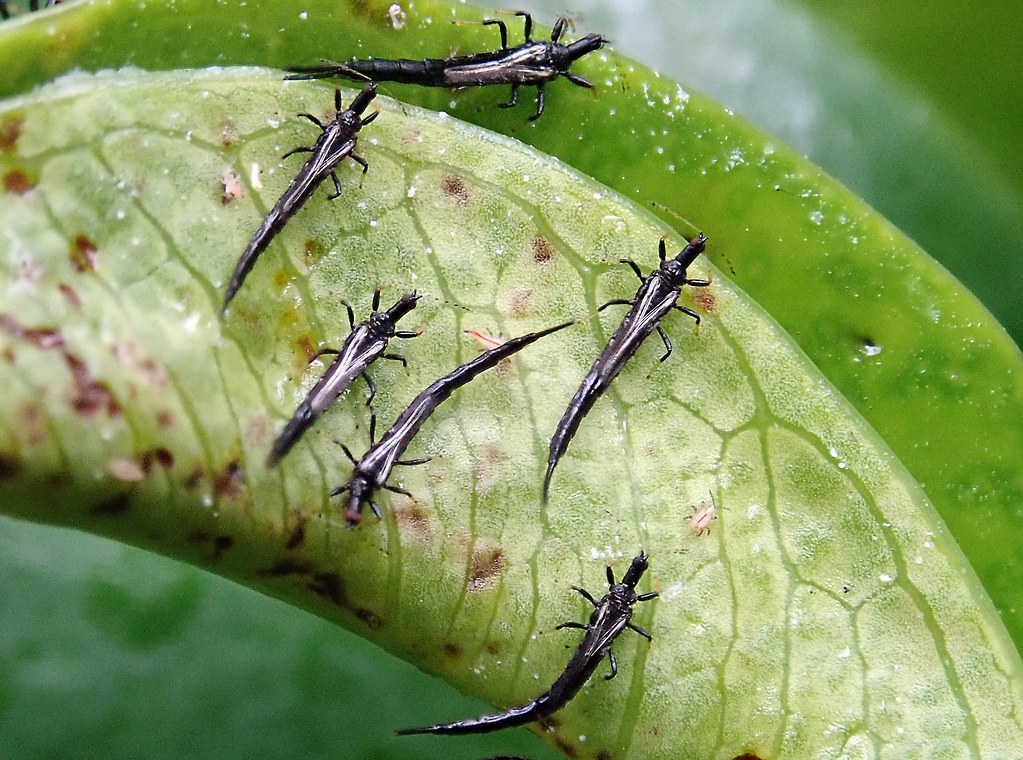
What are thrips, anyway? Basically, thrips are a type of insect which is known as common pest. You can find it on outdoor (or indoor) gardens as well as greenhouses.
In fact, expect to find them. If there are plants, big chances you will also find thrips too.
How can thrips create damages? Well, they like sucking the plants’ juices so the plants would be dry and infertile. Not only that, thrips will also consume the leaves, flowers, and fruits.
Plants would be dry and pale. Their appearance will look like ‘sick’ vegetation with their silvery and splotchy leaves. Once they have reached that state, they will die.
Those that are still in the stage of being injured would have scarred appearance. They also suffer from discoloration with twisted structure.
As it was mentioned before, thrips are considered small bug like potato bug, but the damage is huge – and significant. Adults have this black or straw colored look with two pairs of (feathery) wings.
Their body is small, typically not more than 1/25 inches in size. It’s hard to look at them without the magnifying glass.
Without the glass, you may see tiny and dark thread; and you probably won’t guess it that it’s actually an insect.
The Significant Damages of Thrips
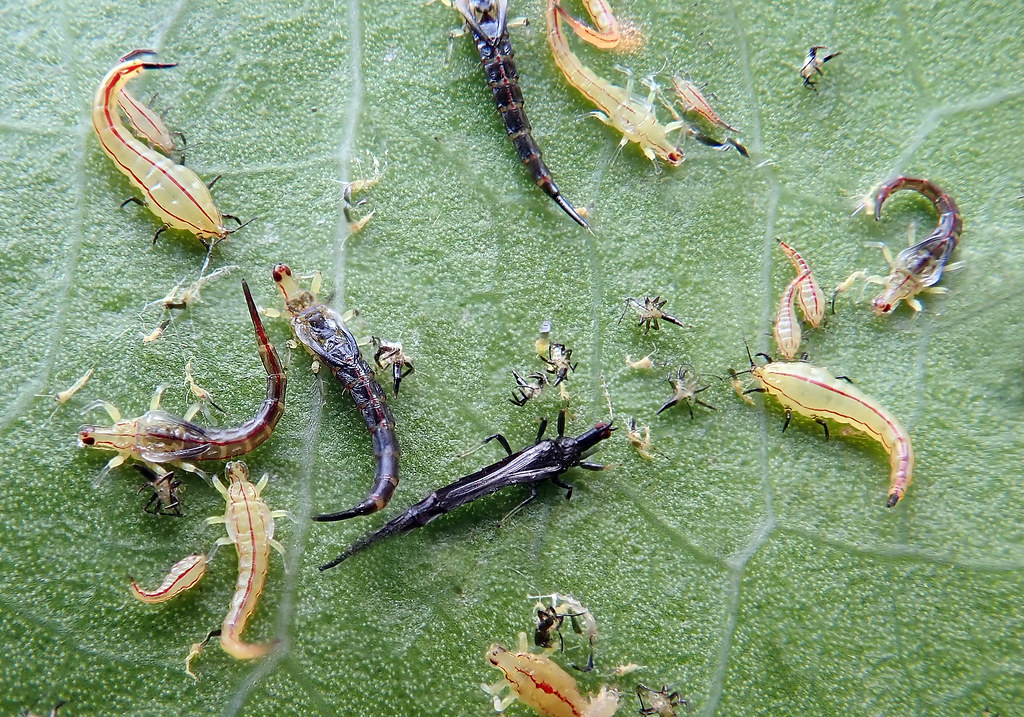
Thrips typicall feed in big groups, especially if they are active. When disturbed, they would fly away or leap.
They like to live in certain plants, which they would refer as ‘home’ or host plants. The plants include carrots, beans, squash, onions, and other common garden veggies.
It’s also possible that they also live in roses or gladioli. The wingless larvae and adults would be attracted to the yellow or white colored blossoms; although it’s also possible that they are attracted to light colors too.
In most cases, they are generally responsible for the virus impatiens necrotic spot as well as the virus tomato spotted wilt.
Can thrips bite humans? Yes, it is possible, but the bite isn’t dangerous or risky. It’s not like they are spreading disease or something like that.
In general, the bites cause discomfort, skin irritation, and temporary minor itching.
Moreover, the bites are typically taking place outdoor so if you don’t want to be bitten, make sure to wear comfortable, loose-fitting, and long clothes accompanied by insect repellent spray.
Where Thrips Come from?
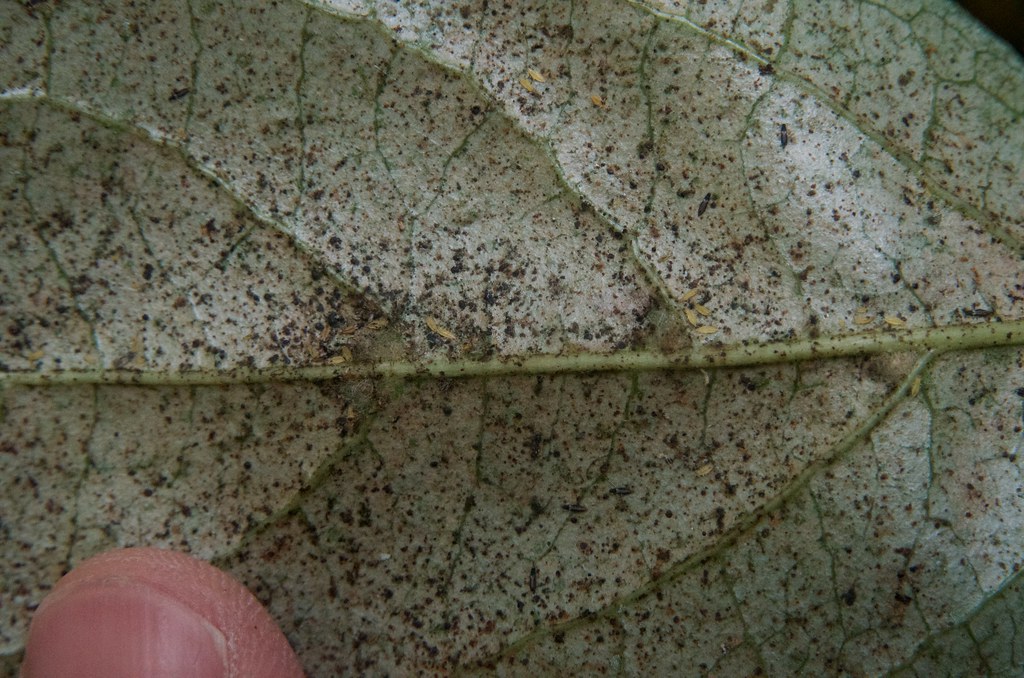
Before you learn about how to get rid of thrips, you need to understand the issue first and some facts about them. So, where do thrips come from?
First of all, there are so many variants of thrips that can survive in any condition and environment. Thrips are typically a problem in gardens or yards with tons of surrounding weed. It’s because the weed acts as the hosting plants; starting out garden infestations.
If your garden also has a lot of (ground) debris, consider it a thrip haven. Thrips will use the areas and spots to keep their eggs so they can survive the winter, and then be ready to hatch within the following spring.
If you want to learn how to get rid of thrips, you need to know to spot the damages too. If you see bleached or yellow spots (on the leaves), dead blotches within the flower petals, or deformed leaves, you may see the first sign of infestation.
Next, you should see black spots (the feces of the insect) and silvery varnish look-alike appearance on the leaves. Be curious if many of the petals and leaves are deformed and then die.
These signs may similar to many viral or fungal diseases. However, the black fecal spots (the feces) are the main characteristic of thrips infestation.
So, if you see all of those signs, then it’s a sure thing that you have thrips issues.
How to Dealing with Thrips
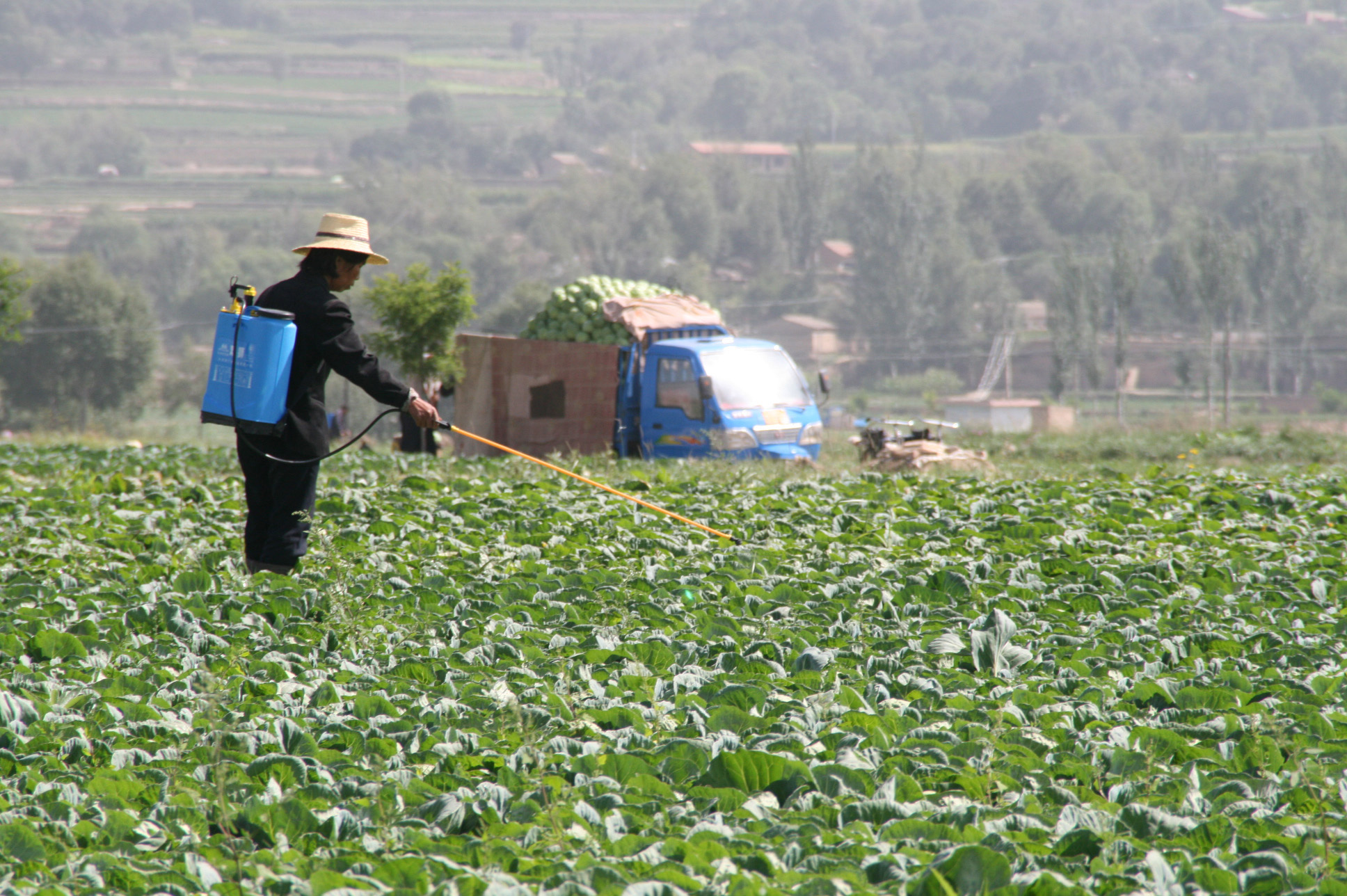
Knowing how to get rid of thrips is to understand what they are. IPM (Integrated Pest Management) and early detection would be the best way to deal with the pesky pest.
When you detect minor plant damage, for instance, you need to selectively prune the plant. Destroying the affected parts or washing those plants with water blasts regularly (to dislodge them) would be the best solution when you see signs of damages.
It’s not advisable to use chemical pesticides because they are so prevalent. In the end, pesticides will only result in counterproductive result.
The pesticides will kill the helpful and good insects. And then it’s even worse: the local thrips (and its population) will develop a type of (chemical) resistance to the pesticides.
You don’t want this to happen. So, what are the solutions to deal with the pests? How to get rid of thrips effectively without causing further damages?
1. Prune the (Damaged) Plants
You should be alerted when you see wrinkly leaves or telltale stippling. If such a concurrence is accompanied by black fecal matter or spots, then it’s highly possible that you have thrips infestation.
So, how to get rid of thrips in this stage?
The best way to do is to prune the affected leaves and then destroy them immediately. What if your plants are infected badly?
Then remove it completely so the thrips can’t spread to other plants.
Make sure to inspect your plants regularly. Remember, prune the affected plants right away so thrip infestation won’t expand and you can control the issue within a manageable stage.
And don’t forget to remove the pruned leaves and petals away from your garden to make sure that there won’t be any excess thrips left behind.
2. Wash the Affected Plants
Thrips are tiny, and they like to attach themselves to the plants. But if you use hard water blasts, you should be able to dislodge them quite easily.
You can use water spray to hose down those thrips, and this is especially handy for outdoor plants. The insects often gather together on the bottom side of the leaves, so focus on that.
For the indoor plants, you can spray the plant (or wash them) with water solution and a soap. Make about 2 teaspoon of detergent in water (a gallon of it). Make sure that the leaves are covered by the solution as well as other parts.
Keep in mind, though, that washing the plants should be combined with other methods to control the infestation. If you only wash the plants, it won’t be enough to control the issue.
3. Encourage and Keep Natural Predators
Every living creature has their own natural predator, and thrips aren’t different. The natural predators will usually consume the thrips as well as their eggs.
This method is considered one of the most effective one on how to get rid of thrips so greenhouse operators and commercial growers often use it.
The predators include lacewings, minute pirate bugs, and mites are the popular thrips’ predators. These natural predators can be easily bought so that you can introduce them to your home garden.
Be advised that this method isn’t instant. It needs quite a long time to work efficiently.
Moreover, you need to execute monthly applications repeatedly if you want to control the thrips completely.
Besides the natural predators, you can also use certain species of nematode.
You can go to the (local) extension office regarding the proper species of the microscopic soil worms that can combat the thrips effectively.
If you want to encourage natural predators, you can apply restricted and careful pesticides usage. Although you aren’t encouraged to spray the plants in a widespread manner, you can still do it in a selective manner.
With the restricted application of pesticides, you won’t kill the good insects and you can target the pests more efficiently.
4. Use Pesticide Powder when Dusting Bulbs
You aren’t supposed to use chemical pesticides to spray the growing plants thoroughly, but be advised that restricted pesticides application is allowed – and even encouraged.
Moreover, you can dust the bulb with insecticidal dust. It is advisable when you dig the bulbs and you want to store them for winter months.
The insecticidal dust will help kill the (overwintering) pests.
If you have gladiola bulbs, this method will be super efficient because the bulbs are notorious for carrying thrips.
So, try to combine this method in your attempts on how to get rid of thrips.
5. Neem Oil Spray
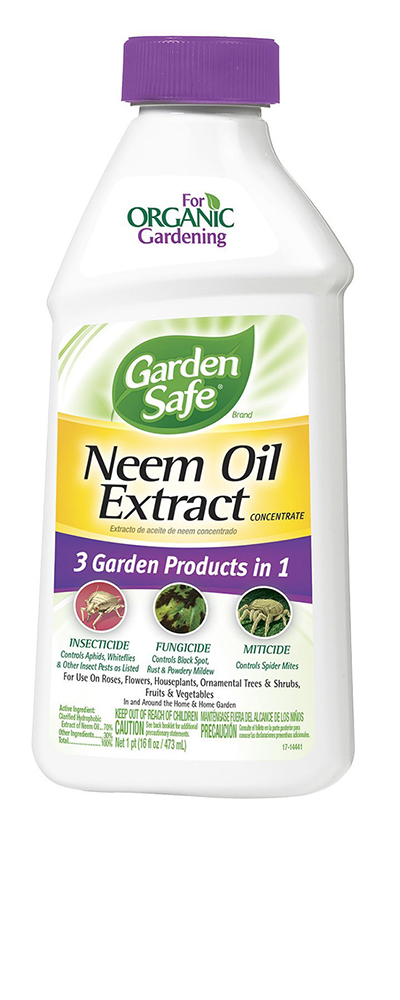
Neem is a natural oil taken from Neem tree. It is a natural insecticide that has been used to combat many pests.
However, Neem is different from the chemical pesticides because it won’t endanger bees or the other pollinators.
If you want to fight off thrips, mix 4 teaspoon of Neem oil with 2 teaspoons white (dishwashing) liquid and also a gallon of water. Spray the mixture to the plants directly.
Neem oil is effective because it will disrupt the thrips’ reproduction and feeding cycles.
6. Pyrethrin Spray
This is another natural pesticide that is taken from a type of chrysanthemum flower. Use pyrethrin application to spray the plants (two applications).
Make sure to apply it 3 to 4 days apart. It can treat serious thrips infestation quite effectively. A word of advice, though: Use the pure type because it is organic and safe.
Don’t use the pyrethroid pesticide because it contains synthetic chemicals. Sure, the pyrethroid pesticide is able to deliver more effective (and faster) result compared to the pure pyrethrin, but it’s not organic.
If you want to protect yourself, your family, your home, and your plants, consider the organic stuff. Naturally, the pyrethroid is considered safer than the (traditional) chemical pesticides like malathion, but still….if you have the true pure organic stuff, why would you go with the not-so-safe type?
7. Chemical Pesticide Spray
Keep in mind that this should be your last resort, in the event that previous methods don’t work.
In reality, the previous methods need time to show positive results, but not all homeowners or garden owners have the patience (and the time) to wait.
Be advised that chemical pesticide often doesn’t work well because thrips have the tendency to hide under curled flower petals and leaves, so the chemicals won’t be able to reach them.
Not to mention that you need to check with the local law concerning pesticide usage.
Preventing Thrips
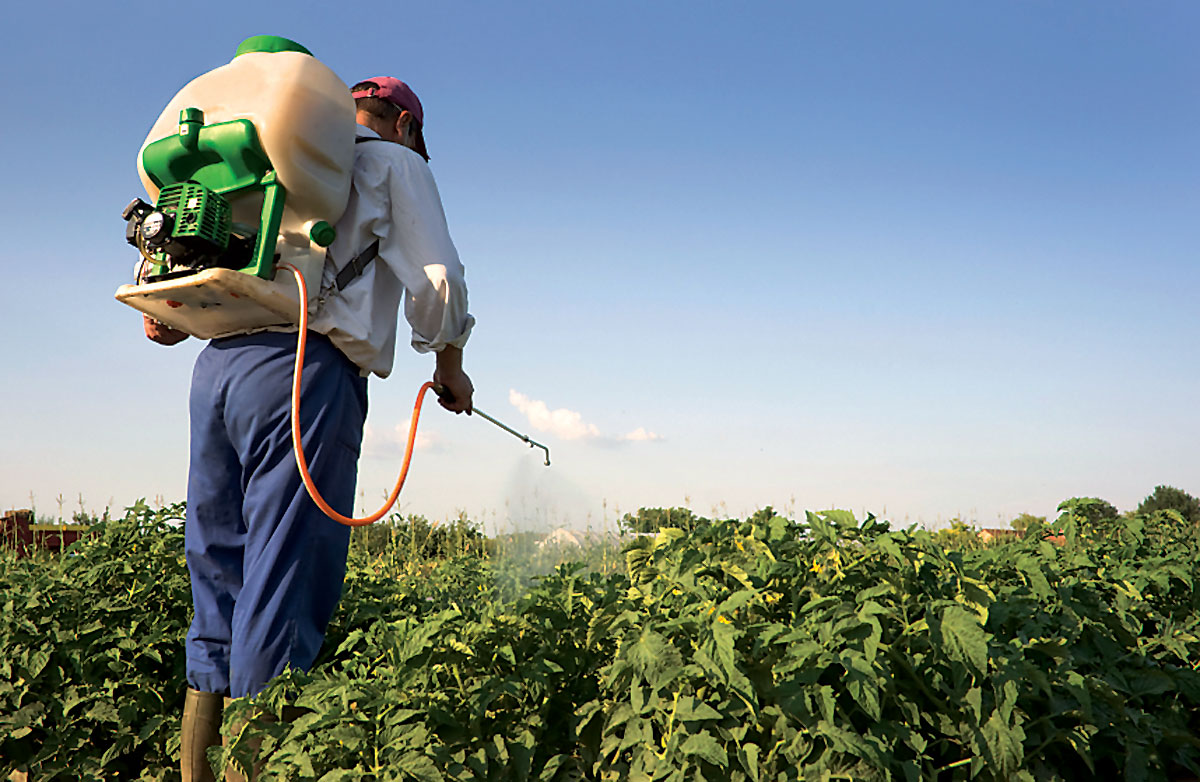
Besides learning about how to get rid of thrips, it would be better to learn how to prevent such thing from happening.
It takes determination and commitment to clean your garden. Removing litter, for a starter, from prevent the infestation from happening.
If you clear out your ground and garden from dead flowers, stems or pruned leaves, you may discourage them from coming. When winter comes, remove dead stalks and destroy them so eggs won’t survive.
Try to keep the weeds away. Keep your garden free of them, including the nearby areas. As it was mentioned before, weeds are convenient host plants for thrips and the breeze may help them drift to your place.
You may also want to use a fine mesh screening to cover your important plants.
As thrips may ride on the wind to travel, you prevent them from having a foothold by covering your plants with the fine mesh cloth.
Final Words
In the end, dealing with thrips infestation (when it already happens) isn’t easy.
But patience and determination will pay off. That’s why it’s better to prevent the infestation from happening rather than dealing with how to get rid of thrips and the solution.